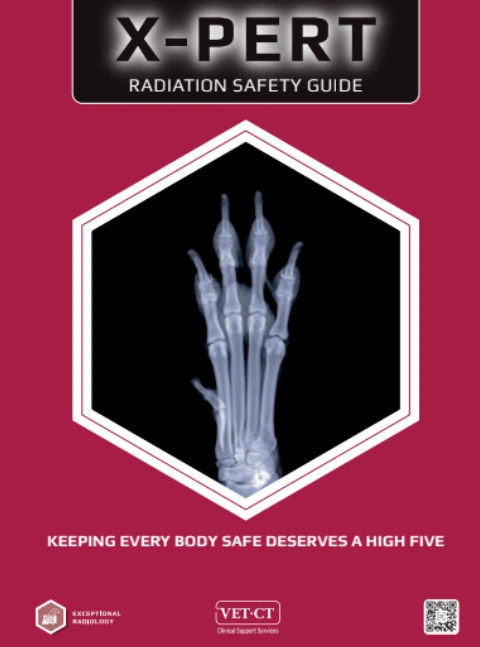Welcome to X-PERT X-PERT X-PERT
VET•CT’S RADIATION SAFETY CENTRE
Reduce radiation exposure and keep your practice, people and patients safe.
Your Safety Matters Be Radiation Safe
By following these guidelines and maintaining a strong culture of radiation safety awareness in veterinary practice, you can help protect both the health of the staff and the animals under your care.Lead by example and lower the dose with ALARA
The ALARA principle emphasises keeping radiation exposure “As Low As Reasonably Achievable”, taking every reasonable step to minimise radiation exposure to both staff and patients.
Minimise Time
Double the Distance
Use PPE

Safe imaging is optimal imaging. Lead the way for your practice.

Make radiation safety a priority in your practice by downloading the VET.CT FREE radiation toolkit including:
• Top tips poster
• Sedation and anaesthesia protocols for chemical restraint
• Radiography log
• Equipment list
• Positioning guide
FAQs
VET.CT is committed to doing the right thing for our client partners and the wider veterinary industry. Any radiation dose has a risk of causing harm and by minimising the amount of radiation a person is exposed to, the risk of them developing harmful side effects is reduced. X-rays are classed as a carcinogen by the World Health Organisation, as they can cause changes to our DNA, increasing the risk of cancers and genetic disorders.
In summary, VET.CT is championing radiation safety as an ethical and safety-driven practice in veterinary care. We aim to provide optimal diagnostic imaging guidance, while ensuring that radiation exposure is kept as low as reasonably achievable, minimising the risk of harm to both patients and veterinary professionals.
Please refer to our chemical restraint guides, equipment lists and positioning guides to support you in good hands-free radiographic practice.
Image quality is often improved using hands-free techniques. Under sedation or general anaesthesia, patients can be positioned more accurately due to less resistance and reduction of any pain associated with manipulation.
With limited patient motion, image acquisition can be more accurate with reduced risk of movement blur and appropriate timing of exposure during the respiratory cycle. Chemical restraint often decreases the time needed to position and acquire images and reduces fatigue on both the patient and radiographer. Hands-free positioning is the policy at many clinics to aid with obtaining excellent quality images.
It is important to note that the effectiveness of hands-free radiography depends on training, the use of appropriate positioning aids and chemical restraint, and adherence to safety protocols. When executed correctly, hands-free techniques offer an efficient and safe approach to radiographic procedures, benefiting both patients and staff.
Hands-free radiography techniques may require chemical restraint and additional time to monitor the patient during the procedure and recovery phase. Also, initial investment may be required for equipment and training.
While there may be some additional costs associated with implementing hands-free radiography techniques, the potential long-term benefits in terms of reduced health risks, reduced repeat exposures, increased efficiency, and improved patient experience can offset these expenses. Additionally, hands-free techniques align with safety principles and contribute to the overall quality of patient care.
By implementing the following strategies, veterinary teams can effectively reduce radiation dose, improve patient safety, and optimise the quality of radiographic images.
Avoid staying in the room: Minimise the time spent in the room with the radiographic equipment, especially during the exposure. Staying outside the controlled area whenever possible reduces radiation exposure to healthcare professionals.
Maximise your distance from the radiation: The inverse square law specifies that the intensity of the radiation goes down by the square of the distance from the source. Therefore, if you move twice as far from the source the intensity of the radiation will decrease by a factor of 4.
Use chemical and/or physical restraint: When necessary, use chemical restraint or physical positioning aids to keep the patient still and appropriately positioned during the exposure. This reduces the risk of patient movement, which can lead to repeat exposures and increased total radiation dose.
Use PPE: Using lead gloves, sleeves, goggles, aprons and thyroid guards will provide some protection to reduce X-ray dose. However, they do not reduce the dose to zero from either the primary beam and scatter radiation, so there is still risk from remaining in close proximity to the radiation. This equipment needs to be properly maintained and regularly checked to ensure it is providing protection. Standing behind a lead screen in the x-ray room can provide additional shielding.
Risk of Injury: Manual restraint can sometimes present a risk for both patients and veterinary team members, especially with anxious or aggressive animals. Reducing the need for restraint through chemical restraint or positioning aids can minimise the risk of injury to both parties.
Our fantastic team of specialists provide remote support through our teleradiology, teleconsulting and education services to all parts of the veterinary ecosystem: vet students, new graduates, interns, residents, veterinarians, veterinary nurses and specialists.
We provide reliable, high-quality reports, including annotated images showing the location of lesions. With 99% reporting accuracy, our board-certified radiologists give you trusted results when you need them. View one of our sample reports to see how this service could benefit you, your practice and your patients.
